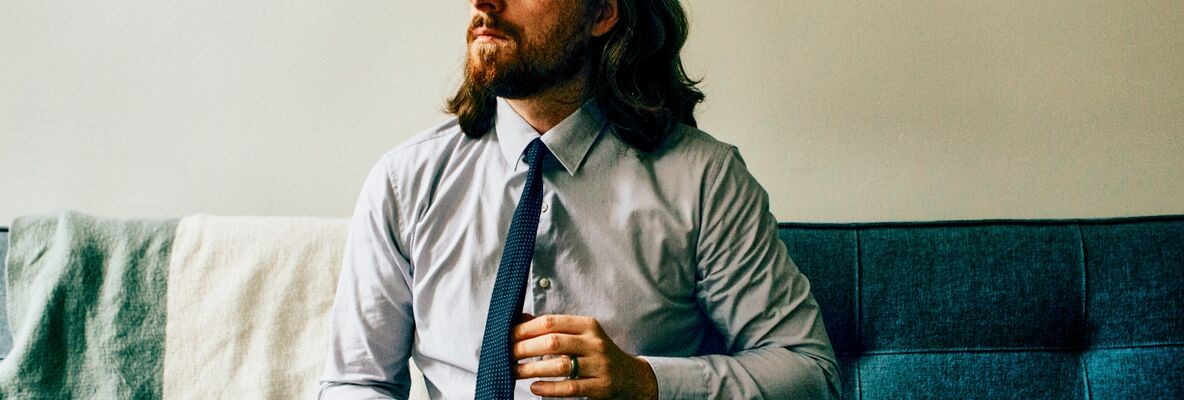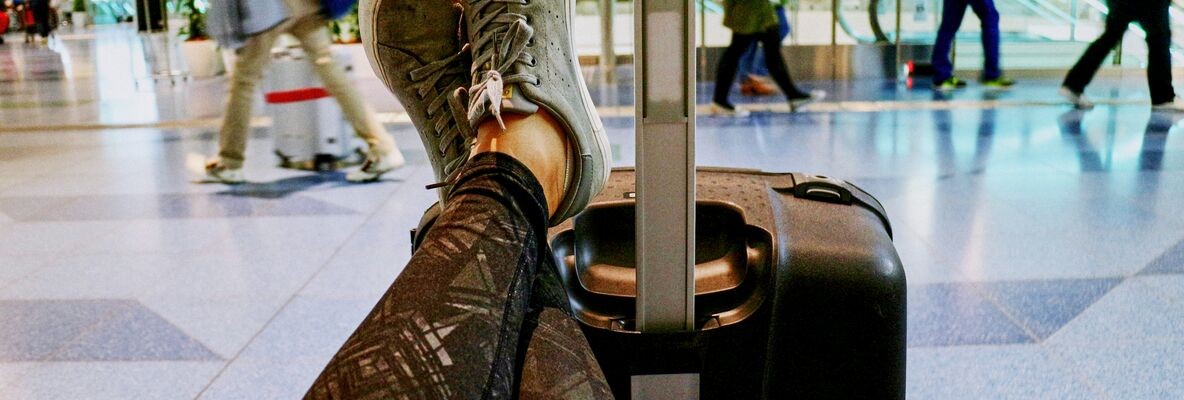We use cookies to enhance your experience. Basic cookies are essential for the proper working of this website. For example, they save your language preferences. They also help us gather anonymous information about the use of our site. More information in our Cookie Policy.
What the circular economy is, and how to get the best out of it
The innovative circular economy model currently has the wind in its sails. But what exactly is it, and how can it help you save money?
Created in the early 2000s, the aim of the circular economy is to use previously-used material as raw materials as much as possible, beyond the conventional life cycle of products and goods, as input to other production processes, thereby creating new products instead of waste. The circular economy takes its inspiration from the biosphere, where natural resources continually replace each other. The products of decomposition are used again as soil, fertiliser or base substances for new products. This is why the principle is referred to as “cradle-to-cradle”.
Luxembourg intends to be a trailblazer in the circular economy in Europe. A number of initiatives are already underway, not only in the country’s industrial and economic sectors, but also with communities and local & regional associations. These community-based projects offer new ways of consuming and therefore can help you to spend less.
Swap and rent as an alternative to buying
The Luxembourg Friends of the Earth has consequently launched an online community platform for lenders and borrowers[1]. This is a marketplace for people who want to lend and borrow items in fields as varied as accessories for babies and infants, cooking, household removals, gardening, mobility, media and electronic devices, tools, travel and sport. To join the platform, you can either slap a sticker on your letterbox with items that can be borrowed from you and interested parties can ring your doorbell, or you can join in online, register your items that can be borrowed and wait for people to ask, or choose items you need from the database. It’s all free, including the stickers for your letterbox!
Car sharing and bike sharing businesses, found all over the country, enable you to borrow a car or a bike, for a modest sum, with some even offering both in electric form, for short trips or longer journeys.
In exchange for a small subscription fee, local bartering systems make it possible to share services such as repair work, DIY, gardening, childcare or tutoring. For each service provided, you earn some internal unit of measurement that can subsequently be exchanged for other goods or services made or provided by other members.
Repair, don’t throw out
Another way to take full advantage of the circular economy is to repair faulty items yourself rather than buying new ones. If you’re a beginner at repair work, the internet is your best friend. There are vast numbers of tutorial videos on repairing anything and everything, from computers to cars, household appliances, clothes and accessories[1]. And if you are still struggling with it, you can always go to a “repair café”. This is a workshop where you can have your item appraised by a professional - from seamstresses to carpenters, electricians and the local handyman - and if it can be repaired, you repair it together there and then, the aim being that you can do it yourself next time! Started in the Netherlands, the concept has recently been exported to Luxembourg[2].
Last but by no means least, all these circular economy initiatives encourage cooperation, knowledge sharing and social contact. So, why not try it?
[1] The ifixit.com website, for example, contains some 40,000 free tutorials about more than 11,000 items.
[2] Repair Café Luxembourg
11/2021
-
Student employees’ rights and obligations

As a student, you might want to make some extra money and gain some paid work experience. Very good idea, but do you know your rights and obligations as a student employee?
-
What formalities to follow at your arrival in Luxembourg

If you have just arrived in Luxembourg or if you intend to come into the country in the near future, one of your first steps will be the opening of a bank account. But which bank to choose?
-
What is the best way to save money when planning a holiday?

Deciding how to spend a well-deserved summer holiday can be exciting. Should you go back to a favourite location, or try something new? But there can be tricky trade-offs, such as whether to decide early and book ahead or wait as long as possible in the hope of finding a better deal.